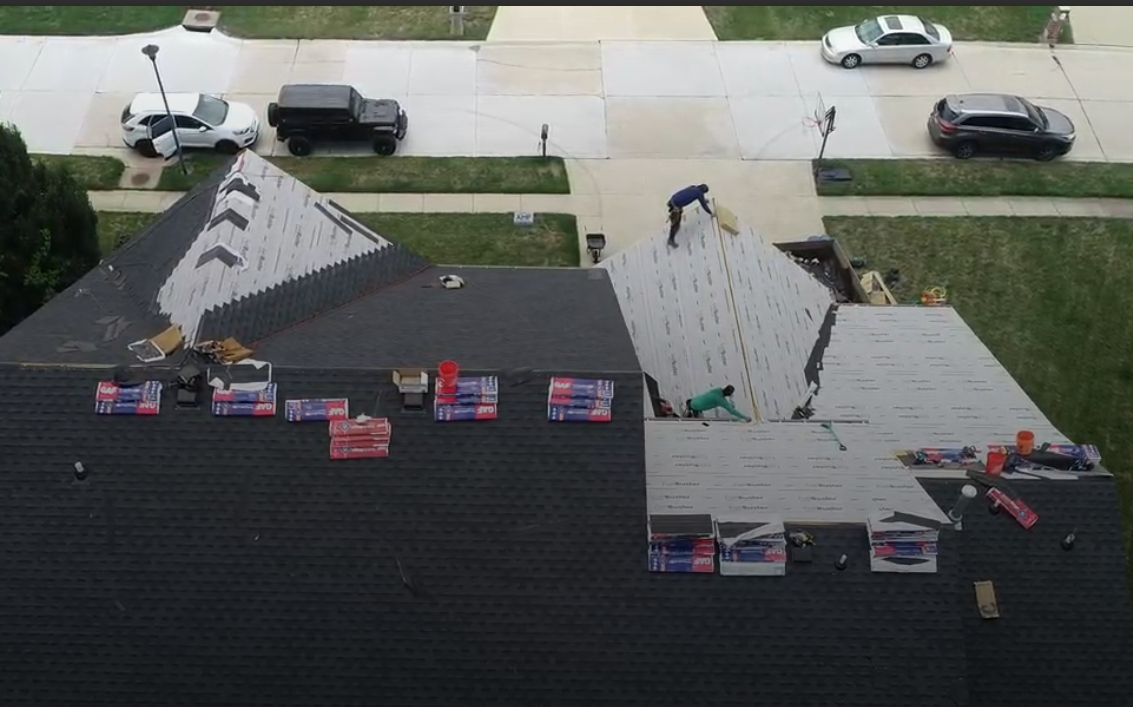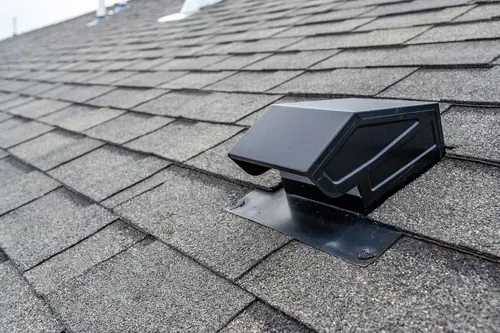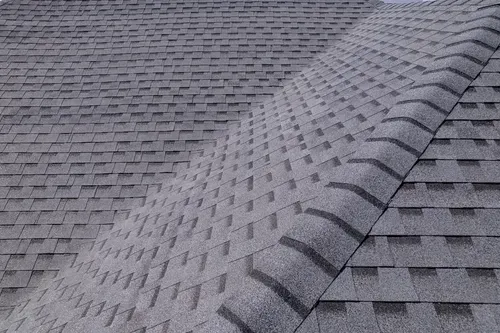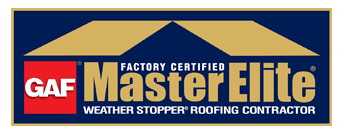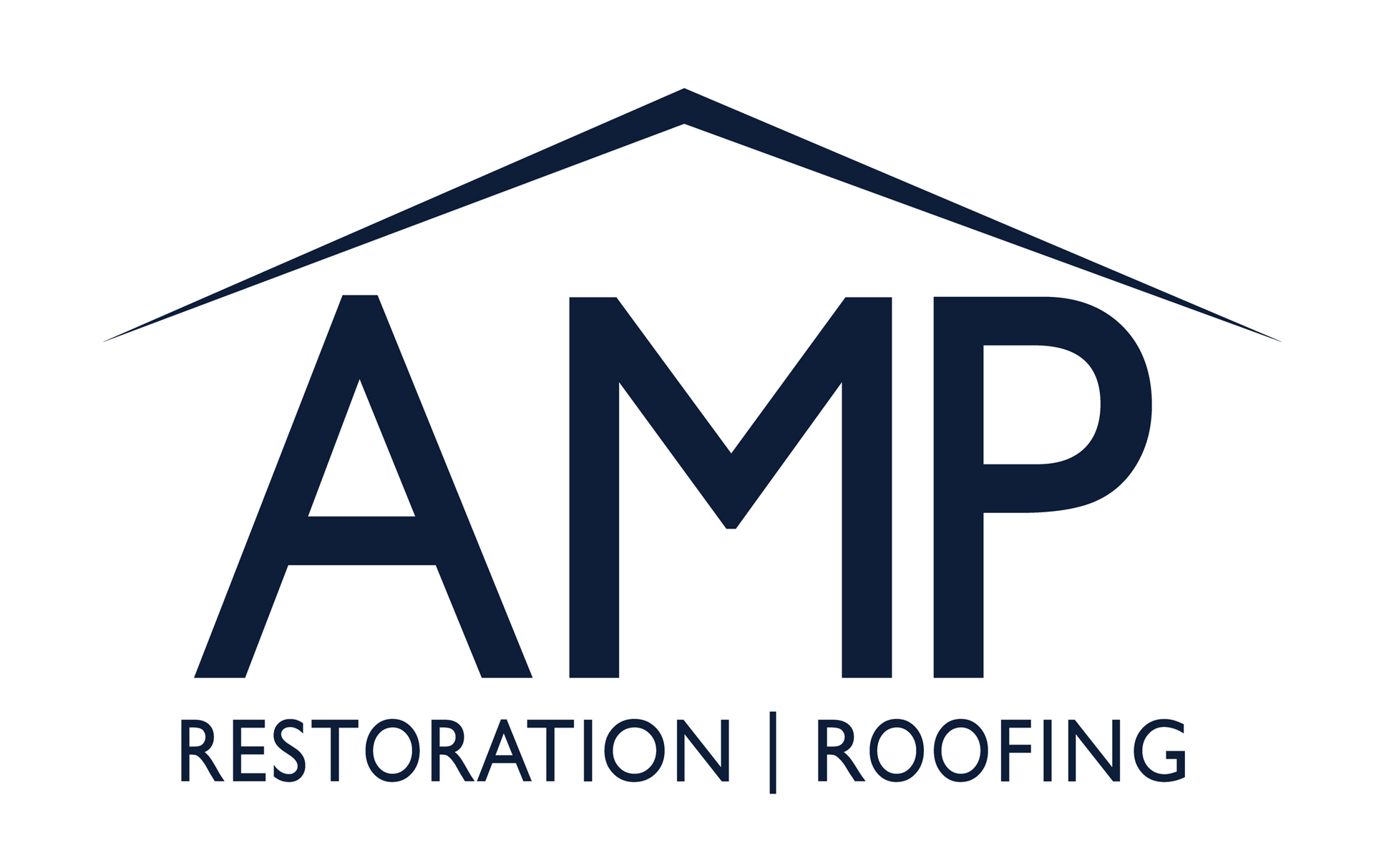What is a Roof Drip Edge? Understanding the Importance of Drip Edge Flashing for Your Home
When it comes to roofing, the smallest details often make the biggest difference. The roof drip edge is one of those unsung heroes, keeping your home dry and your roof healthy. Without proper drip edge flashing, rainwater can sneak into places it shouldn't. That means damage to your fascia, rotting wood, mold growth, and even water near your foundation.
This post will explain what a drip edge is, how it works, why it matters, and what can go wrong without it. Whether you're planning a new roof installation, a
roof tune-up, or a
gutter replacement, this is a must-know topic. Keep reading to protect your home from the edge down.
What Is a Drip Edge?
A drip edge for roofing is a thin strip of metal—usually aluminum, steel, or copper drip edge flashing—installed at the edges of your roof. It's placed beneath the shingles and over the roof decking and fascia board.
This small piece creates a clean line and a watertight barrier, ensuring water runs off the roof and into the gutters, not behind them. Whether you're using
synthetic roofing underlayment or traditional felt, the roof drip edge flashing adds that final line of defense.
What Does a Drip Edge Do?
Guides Water Away from Fascia and Siding
When rainwater drips straight down from your roof, it can splash against your home’s trim and siding. Over time, that causes wood rot and paint damage. A drip edge roof flashing creates a clean path for water to enter your gutters—no splashing, no stains.
Prevents Ice Dams and Wind-Driven Rain Intrusion
During storms or freezes, wind and ice can push water under your shingles. A drip edge helps seal off these vulnerable spots, reducing the risk of ice dams and skylight leak issues.
Supports Shingle and Roof Deck Integrity
A properly installed wood drip edge keeps your shingles from sagging and helps support the overhanging edge of the roof. That means less curling and fewer repairs down the line.
Why Drip Edge Flashing Is Required by Building Codes
Today's building codes recognize the value of drip edge for roofing. In many areas, it's not just a suggestion—it's mandatory. It helps ensure your roof drains properly, meets wind resistance standards, and holds up to harsh weather. If your home was built before drip edges were standard, now's a great time to add one during a roof tune-up or replacement.
Common Drip Edge Installation Mistakes
Even the best materials won't help if they're installed incorrectly. Some common errors include:
Installing drip edge flashing over the shingles instead of underneath- Leaving gaps at the corners
- Not overlapping sections properly
- Choosing the wrong material (like skipping copper drip edge flashing on high-end roofs)
When these mistakes happen, water doesn’t flow where it should—and that leads to leaks, rot, and bigger repair bills.
Keep Your Roof in Top Shape
Every homeowner wants peace of mind when storms roll in. You want your home to stay dry, your roof to last, and your siding to stay beautiful. But if your roof edge is missing or poorly installed, water can sneak in, and that can cause more issues.
AMP Restoration and Roofing understands what’s at stake. We’ve helped families install the right roof drip edge flashing the right way—and we make sure it’s done to code, every time. Call AMP Restoration and Roofing for durable, leak-resistant roofing systems that last.
